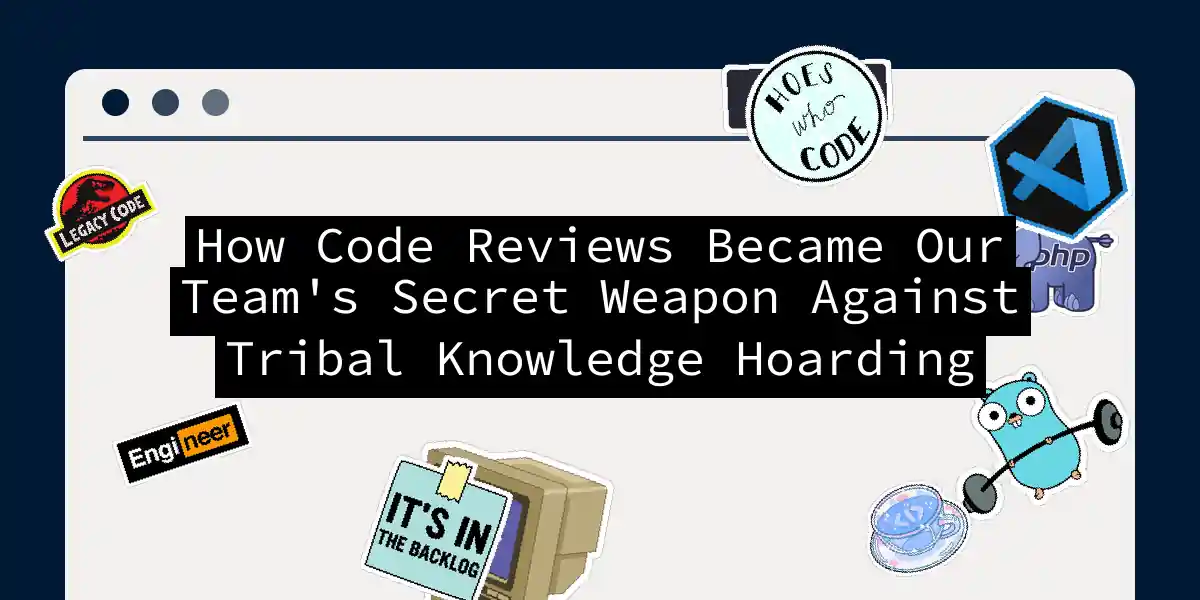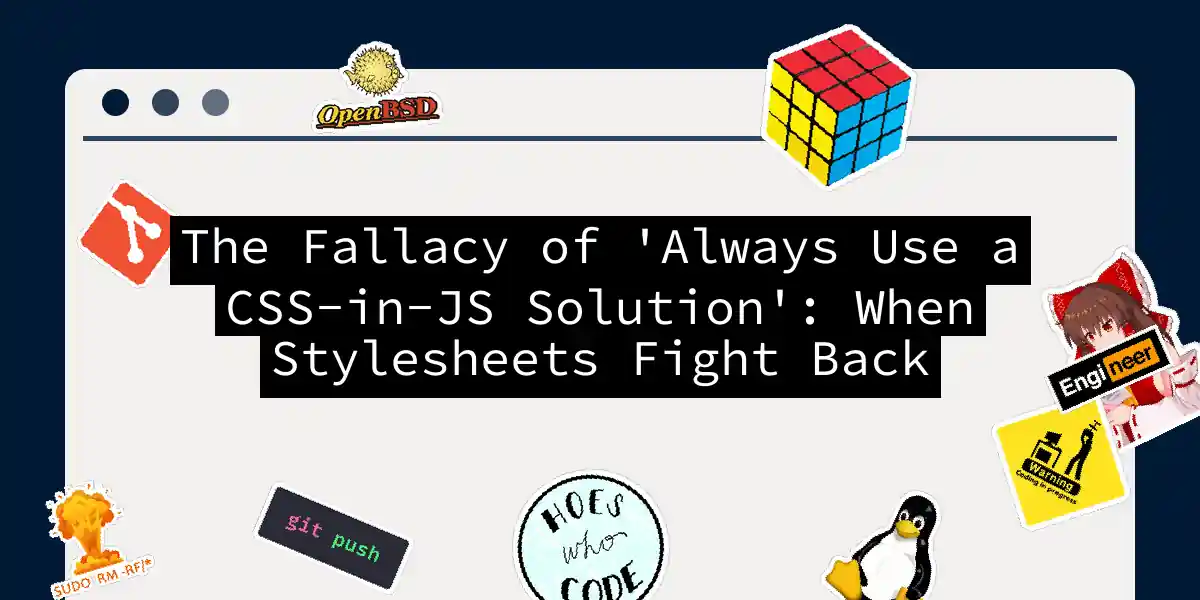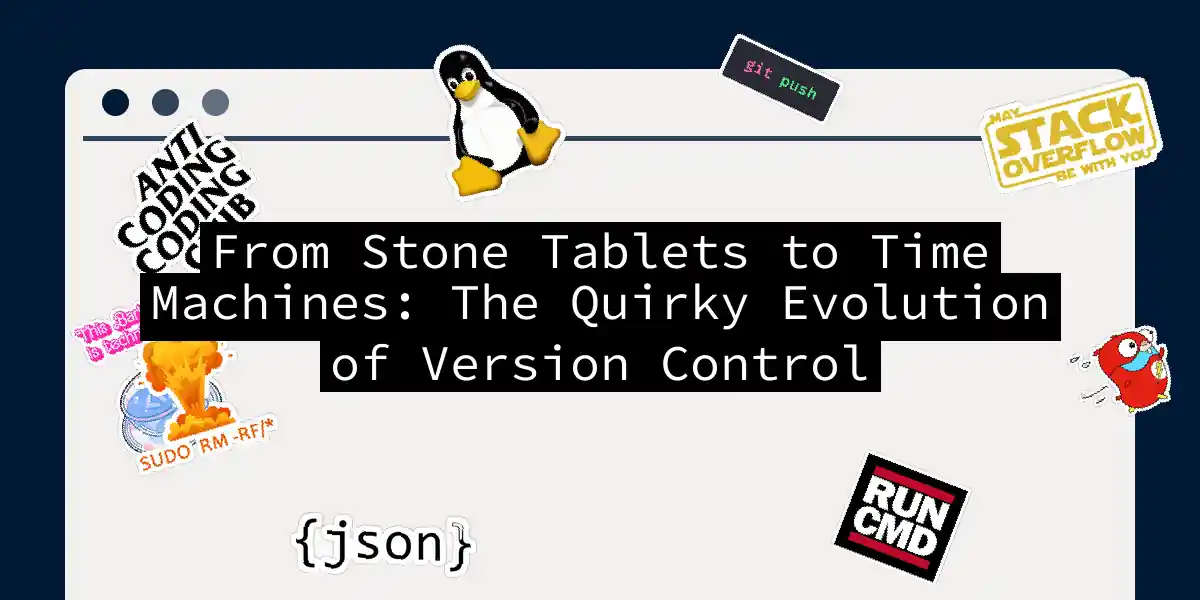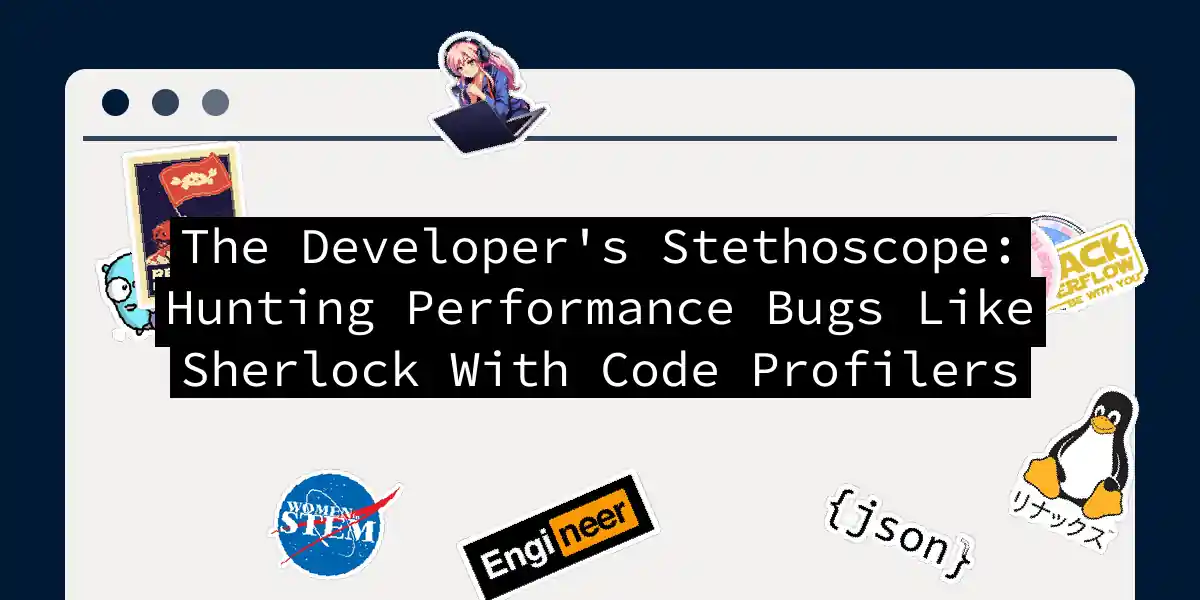
How Code Reviews Became Our Team's Secret Weapon Against Tribal Knowledge Hoarding
Picture this: You’re staring at a Python script that somehow uses walrus operators to parse XML while simultaneously brewing coffee. The original author? They’ve just boarded a one-way flight to Mars Colony One. This is why we don’t let junior devs write code after 3 espresso shots… and why code reviews are my team’s equivalent of a cryptographic checksum for knowledge preservation. From Merge Conflicts to Mind Melds Early in my career, I thought code reviews were just glorified spell checks for code....



